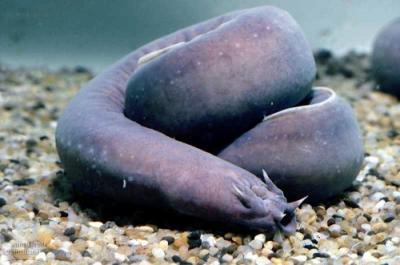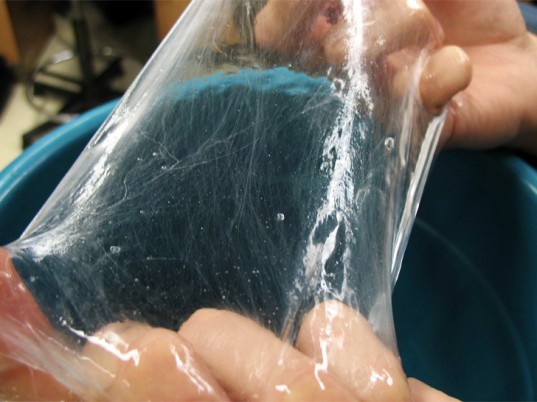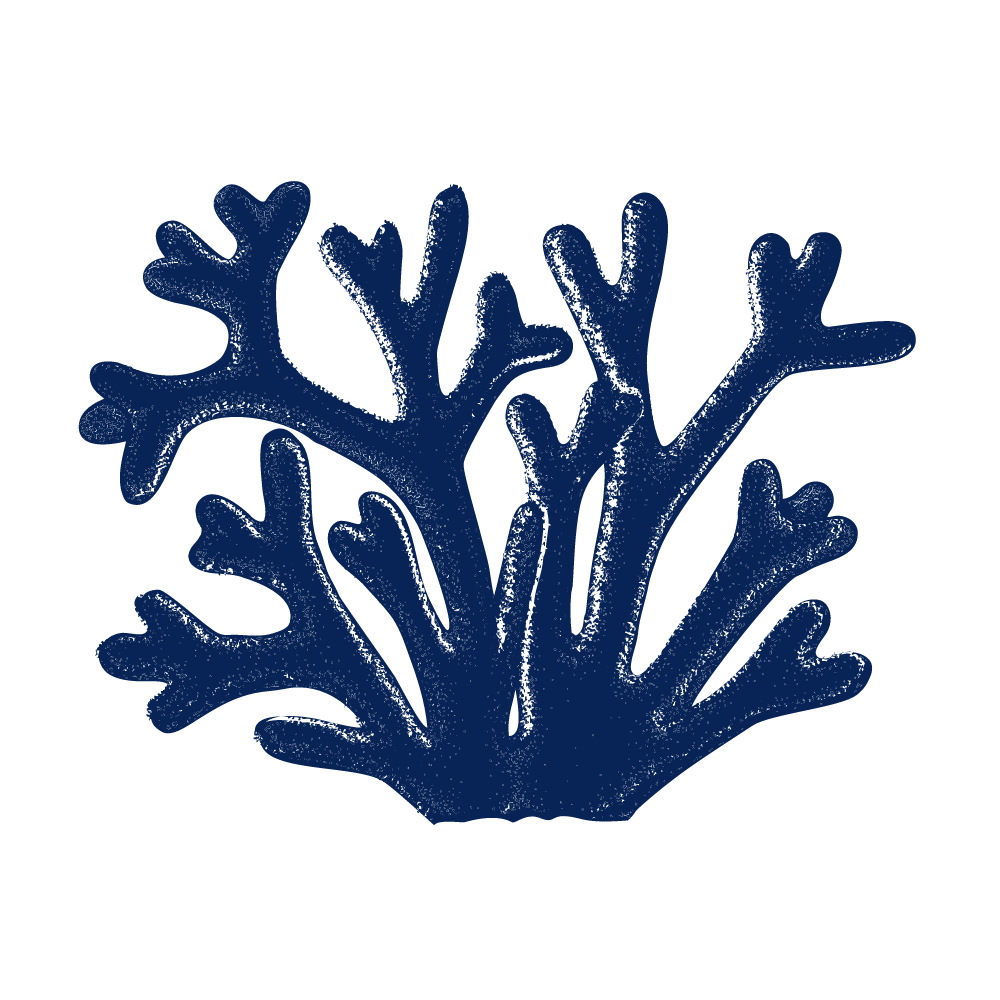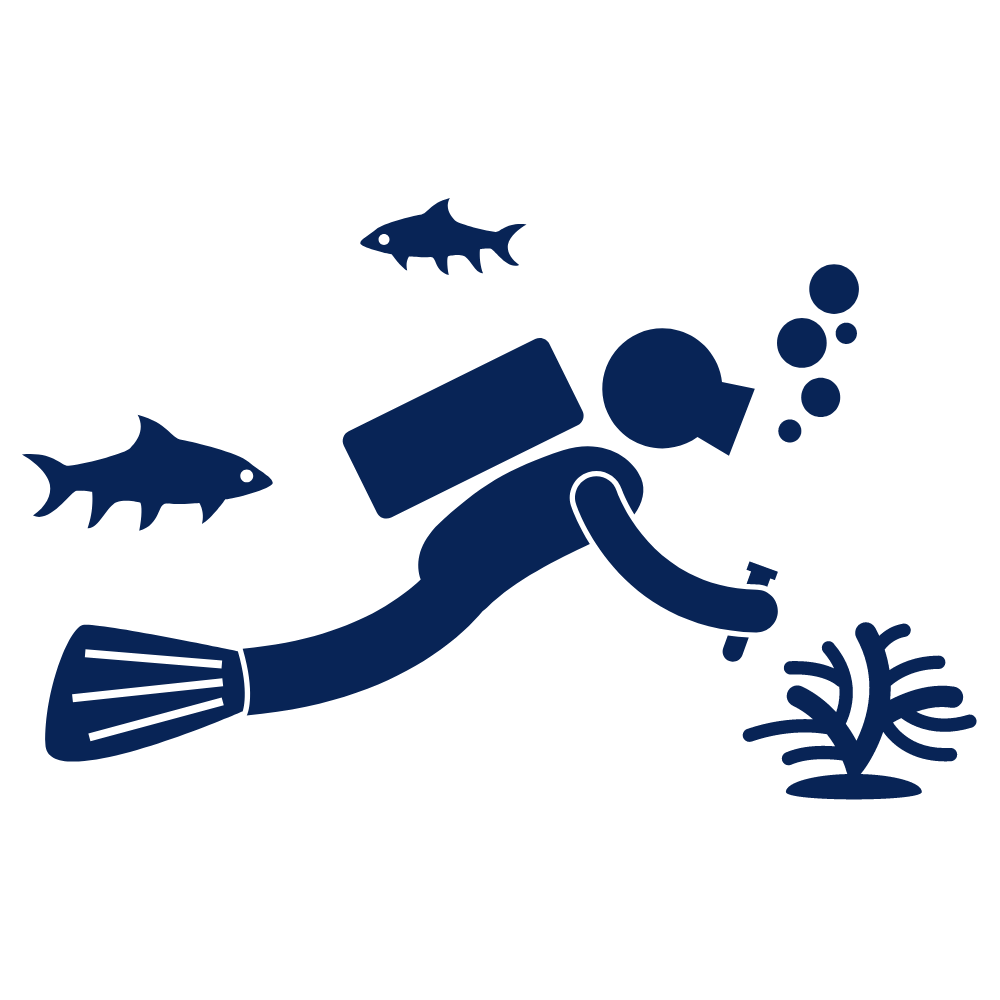Posted by Rick Civelli | 11.29.2012 | Marine Science
Hagfish Haute Couture
Almost in time of Christmas – shirts made with sea slime. This ocean by product may be the future of fashion, and would come to a store near you courtesy of the homely little hagfish.
 Hagfish represent a unique fish lineage and may mark a starting part for vertebrate evolution. These long, eel-like marine species lack compound eyes, true fins, and jaws, but they seem to manage just fine in the ocean. While they do dine frequently on polychaete worms, another common food source is dead, decaying sea life. The hagfish will wriggle through a body opening – any orifice will do – and will then consume the animal from the inside out.
Hagfish represent a unique fish lineage and may mark a starting part for vertebrate evolution. These long, eel-like marine species lack compound eyes, true fins, and jaws, but they seem to manage just fine in the ocean. While they do dine frequently on polychaete worms, another common food source is dead, decaying sea life. The hagfish will wriggle through a body opening – any orifice will do – and will then consume the animal from the inside out.
While their eating habits are notable, it is the hagfish’s uncanny ability to produce copious amounts of slime that makes it legendary. They can excrete as much as five gallons of mucus when irritated, the purpose of which being to protect the hagfish itself, while clogging the gills of hungry predators.
It is this same mucus that has recently captured the interest of scientists, and potentially future fashion designers. The hagfish slime is comprised of thousands of strong threads,  each with thinness far finer than human hair strands. Researchers have been able to isolate the proteins that result in the slime creation, and have developed a way to organize these skinny, slimy strings into a usable fiber.
each with thinness far finer than human hair strands. Researchers have been able to isolate the proteins that result in the slime creation, and have developed a way to organize these skinny, slimy strings into a usable fiber.
Using this sea slime may have environmental advantages far beyond those used by the hagfish. Synthetic fabric primarily comes from a petroleum source, which are not sustainable and are becoming increasingly expensive. Even natural fibers can require the use of natural resources. Cotton takes a considerable amount of water to grow, with over 1,000 gallons of water being required to produce a single cotton t-shirt. Therefore, hagfish slime could help alleviate the growing pressure on limited resources.
 Using an animal’s body parts or secretions isn’t anything new in the fashion and clothing industry. Leathers come from various animal skins. Wool is sheared from sheep. Cashmere comes from specific goats. Silk comes from silkworm caterpillars. A new type of body armor is being created from the silk spun in spiderwebs. If we can look to the caterpillar for a fashion staple, then why not the hagfish?
Using an animal’s body parts or secretions isn’t anything new in the fashion and clothing industry. Leathers come from various animal skins. Wool is sheared from sheep. Cashmere comes from specific goats. Silk comes from silkworm caterpillars. A new type of body armor is being created from the silk spun in spiderwebs. If we can look to the caterpillar for a fashion staple, then why not the hagfish?


 Marine Bio
Marine Bio SCUBA
SCUBA Travel
Travel School Groups
School Groups Sign Up
Sign Up CONTACT
CONTACT CAMPS
CAMPS ABOUT
ABOUT